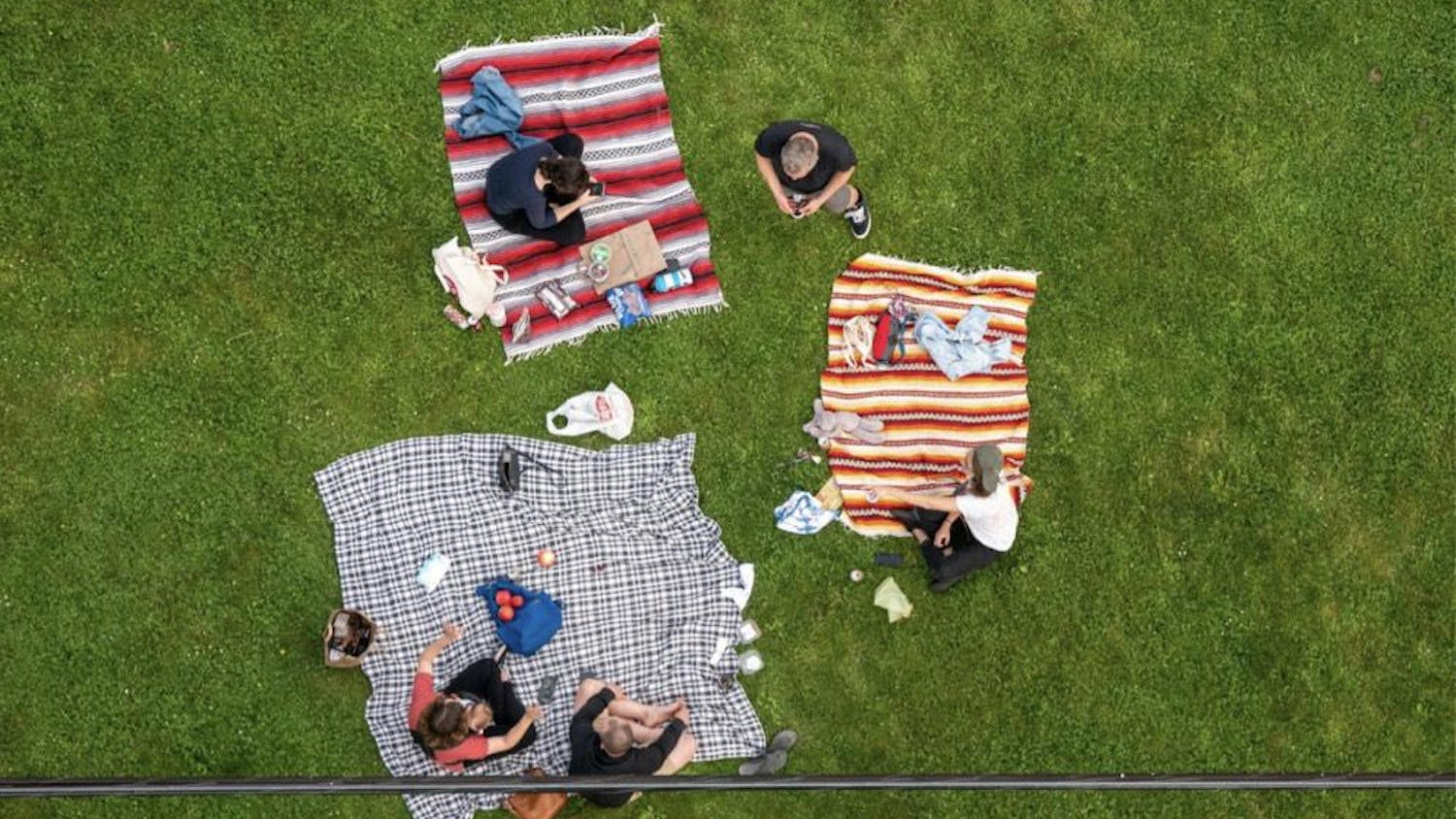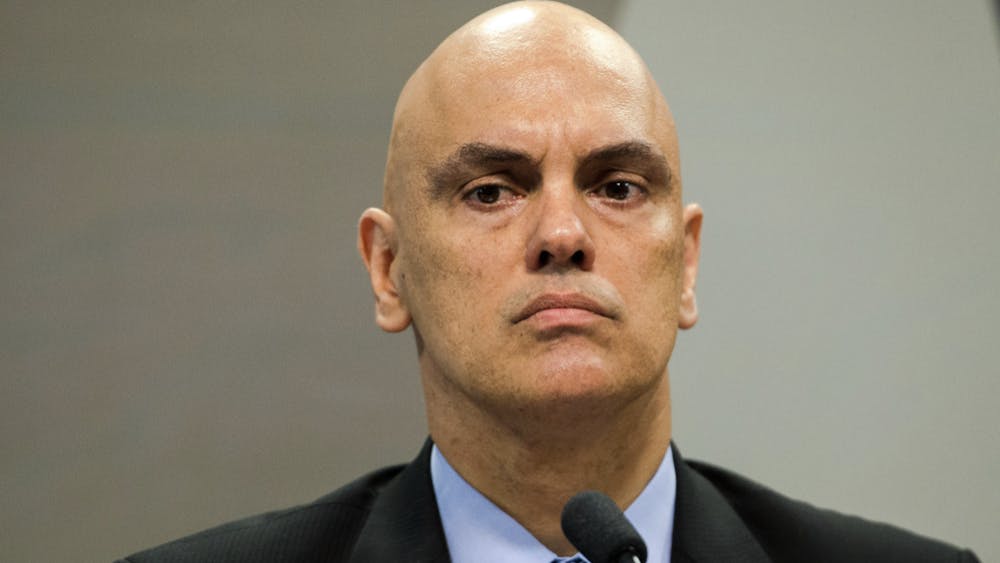At the beginning of the year, I wrote a column about how I was going into senior year with some diffidence because of how little I took photos of myself enjoying the company of my friends. I may have taken dozens of thousands of photos for The Observer, but I’ve seldom appeared on the other side of the lens. I was worried I’d soon forget about all the fun I had if I didn’t start documenting it on social media.
I made a conscious effort to do that; I would try to be in more group photos, go to more hangouts and take selfies with my friends, despite how much my mom thinks I look chubby when I put the camera that close to my face.
We rely on images every day to be the representation of the reality in which we live. French surrealist Rene Magritte explored what he called “The Treachery of Images” with a painting that featured a pipe and a phrase that read, “This is not a pipe.” This seemingly paradoxical situation reveals the truth when we take the phrase for what it is: the pipe in the painting is actually a picture of a pipe, not an actual pipe. We make arbitrary associations between an image and the reality it mimics so fluidly that an image can substitute the reality it is based upon. Without that reminder, the image transforms into a reality.
American writer Susan Sontag worried about all of this. In her essay, “On Photography,” Sontag discusses how the medium of photography is capable of providing a hyper-real sense of reality. The past four years has provided us with an infinite amount of innovations in new smartphone technology and social media, pushing us harder to become visual storytellers. We livestream meaningless parts of our lives. We incessantly share posts of hangouts on Snapchat. We’ve been given an awful lot of power in this photographic ability, and we feed into it. But Sontag suggests that this desire for the procurement of reality, in addition to the photograph’s function as indelible proof that that event occurred, leads to the substitution of the past by a new form of reality constructed out of photos. Taking part in an event comes becomes identical with taking its picture, and experiencing something is increasingly becoming equivalent to looking at it in photographed form.
In the end, I don’t know if I collected enough evidence. I will always have the photos I took for The Observer, but without me in them, the photos suggest a reality that I didn’t experience them myself, but rather as a spectator, a fly on the wall. To exacerbate the issue, my Instagram has one aesthetic rule: don’t post any pictures of myself.
So part of me is worried about whether I’ll be able to connect myself with this reality. Can I look back five years from now and remember Notre Dame for what it was? Will I remember all the times my Sorin friends and I went bowling? What the old North Dining Hall was like? Photographic evidence for these things, big or small, that define my Notre Dame experience don’t exist, so I won’t have a direct relationship with that reality once my memory starts to fade. If I didn’t post a picture of it, did it ever exist?
I didn’t meet my goal from earlier in the year, but I think it was misguided from the start. I didn’t spend a lot of time taking photos, but I was instead able to reinforce my relationships by being more involved with their lives. Turning 21 helped, of course, but I did get out of my room, leave my comfort zone and do more with my friends, which I think was my main objective.
I find comfort in knowing that a lack of photographic artifacts of the things we did can’t take away the quality of the bond that I’ve formed with my friends. It doesn’t take away my relationship with each person, and while I may forget the specifics of what we did, it’ll be hard to forget what that person meant to me.
So with that, I want to thank those who helped me end my college experience on a high note. From my friends from Sorin to those in Cavanaugh, from my colleagues at The Observer and everyone else in my life (you know who you are), thanks for being there. I hope we can continue to build upon these friendships one day, but if we don’t, I won’t forget you.













